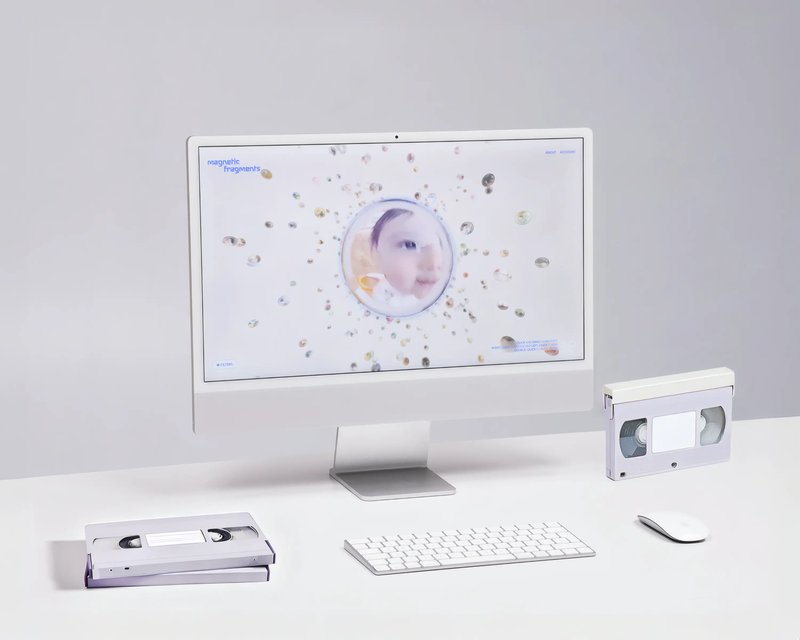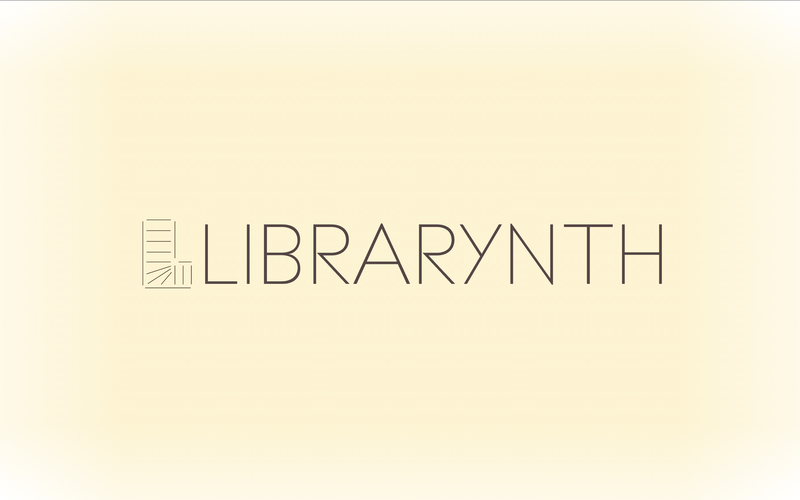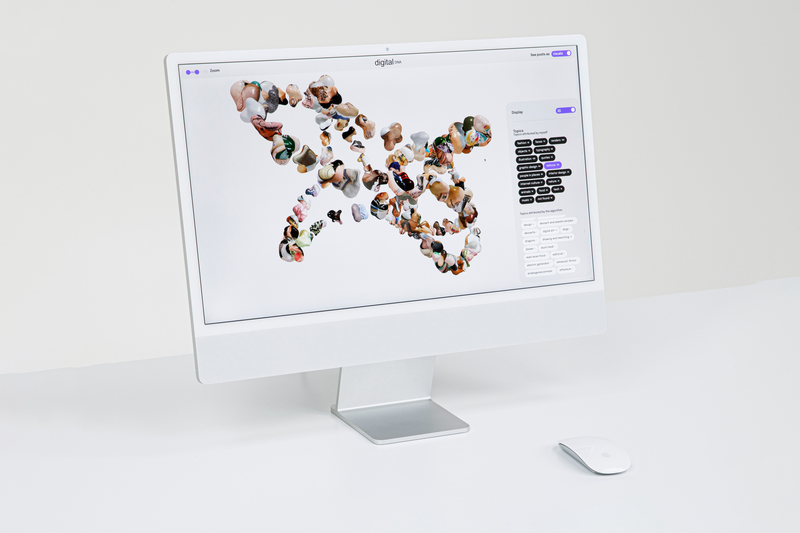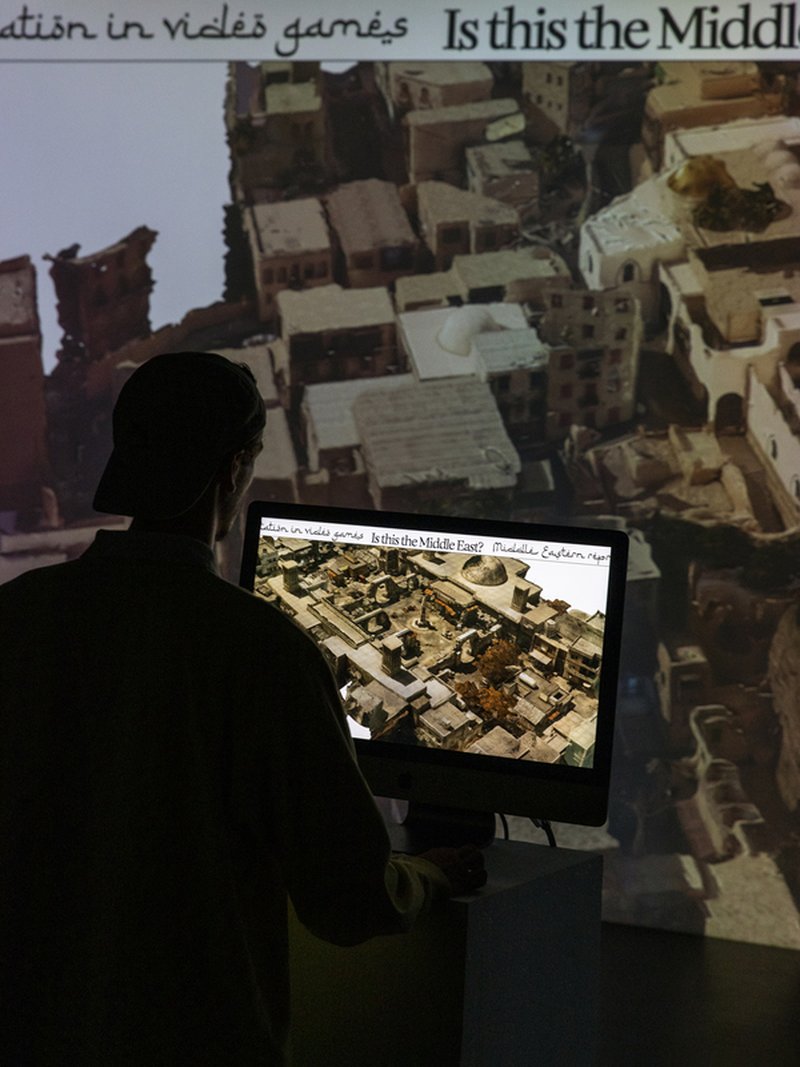
BA MEDIA & INTERACTION DESIGN
Viktor Gagné – Serialized Saplings
by Viktor Gagné
The weight of materials produced by humans is now believed to exceed that of all terrestrial biomass. How will these artifacts integrate into the rest of the environment in a million years? Serialized Saplings is an interactive installation that speculates on a potential form of vegetation to come, heavily altered by the excesses of human production, here crystallized through the symbol of the electrical outlet. By manipulating the connections of several power strips, the participant is invited to program the "genetic code" of hybrid plant species that do not yet exist and whose appearance resembles our industrial standards. This generated vegetation is then classified in the form of a digital herbarium that can be consulted and studied.






